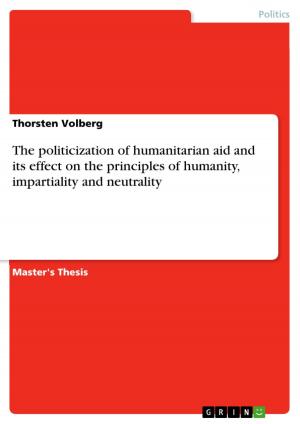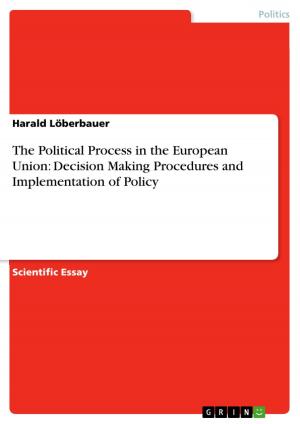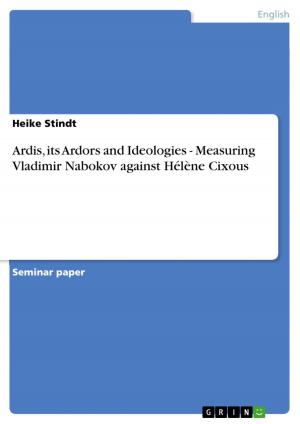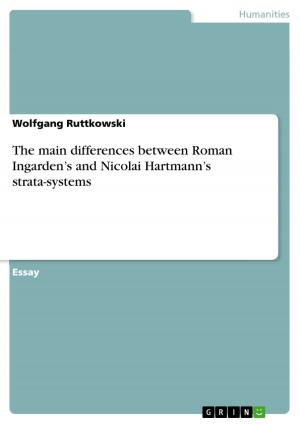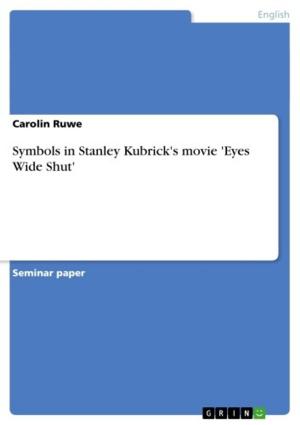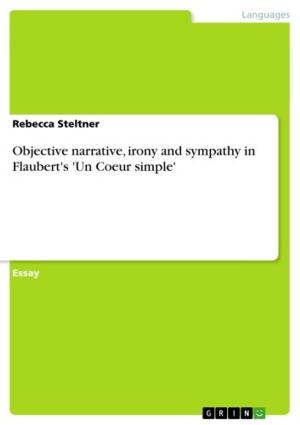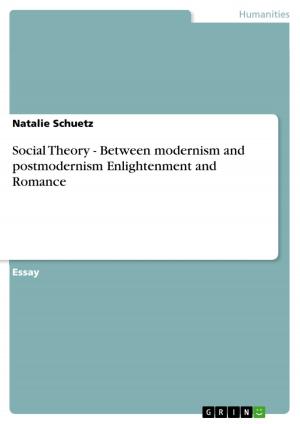Peter Hohenhaus's concept of nonce-formation - A critical analysis
Nonfiction, Entertainment, Drama, Anthologies| Author: | Christian Weckenmann | ISBN: | 9783640096121 |
| Publisher: | GRIN Publishing | Publication: | March 26, 2008 |
| Imprint: | GRIN Publishing | Language: | English |
| Author: | Christian Weckenmann |
| ISBN: | 9783640096121 |
| Publisher: | GRIN Publishing |
| Publication: | March 26, 2008 |
| Imprint: | GRIN Publishing |
| Language: | English |
Seminar paper from the year 2007 in the subject English Language and Literature Studies - Linguistics, grade: 2,3, University of Heidelberg (Anglistisches Seminar), course: Hauptseminar Sprachwissenschaft: English word-formation , language: English, abstract: What counts as a word? At first glance, this question seems to be trivial. The more time, however, one spends on reflecting about it, the more possible and plausible answers are appearing. One will soon discover that the matter is not easily decided upon. Simple definitions, like words are the items listed in a dictionary, cannot provide satisfactory explanations for all cases and leave a wide margin unaccounted for. Among other things, this margin includes all those terms which are coined for the first time. There are various reasons why people create new words: they coin them on the spur of the moment because there might not be an adequate term to express just what they want to say; they coin them in order to create some stylistic effects; they coin them to make people laugh; they coin them to set themselves apart from others; they the coin them to denote new concepts and so on. Some of these terms, which are referred to as nonce-words, are created and forgotten, but others catch on and become established words of a language. Since nonce-words are formed for various reasons and since they appear in great numbers in written and oral contexts, it is of great linguistic interest to take a more detailed look at what nonce-words really are and how they can be characterised. Peter Hohenhaus met this challenge and published his work about Ad-hoc-Wortbildung in 1996. With his work he wants to shed some light on a linguistic field of research which has so far not received much attention. He provides a new concept of nonce-words, which he claims to be more precisely defined and adequate than anything that has been published about this topic beforehand. 1 This new concept is based on certain features with the help of which not only an identification of nonce-words is possible, but also the degree of 'nonce-ness' can be measured. The benefit of this new concept depends upon the accuracy with which the ascription of those features to different nonce-words can be realised. The aim of the present paper is to check this level of accuracy and to find out just how reliable the information is which is provided by the application of Hohenhaus's concept.
Seminar paper from the year 2007 in the subject English Language and Literature Studies - Linguistics, grade: 2,3, University of Heidelberg (Anglistisches Seminar), course: Hauptseminar Sprachwissenschaft: English word-formation , language: English, abstract: What counts as a word? At first glance, this question seems to be trivial. The more time, however, one spends on reflecting about it, the more possible and plausible answers are appearing. One will soon discover that the matter is not easily decided upon. Simple definitions, like words are the items listed in a dictionary, cannot provide satisfactory explanations for all cases and leave a wide margin unaccounted for. Among other things, this margin includes all those terms which are coined for the first time. There are various reasons why people create new words: they coin them on the spur of the moment because there might not be an adequate term to express just what they want to say; they coin them in order to create some stylistic effects; they coin them to make people laugh; they coin them to set themselves apart from others; they the coin them to denote new concepts and so on. Some of these terms, which are referred to as nonce-words, are created and forgotten, but others catch on and become established words of a language. Since nonce-words are formed for various reasons and since they appear in great numbers in written and oral contexts, it is of great linguistic interest to take a more detailed look at what nonce-words really are and how they can be characterised. Peter Hohenhaus met this challenge and published his work about Ad-hoc-Wortbildung in 1996. With his work he wants to shed some light on a linguistic field of research which has so far not received much attention. He provides a new concept of nonce-words, which he claims to be more precisely defined and adequate than anything that has been published about this topic beforehand. 1 This new concept is based on certain features with the help of which not only an identification of nonce-words is possible, but also the degree of 'nonce-ness' can be measured. The benefit of this new concept depends upon the accuracy with which the ascription of those features to different nonce-words can be realised. The aim of the present paper is to check this level of accuracy and to find out just how reliable the information is which is provided by the application of Hohenhaus's concept.

